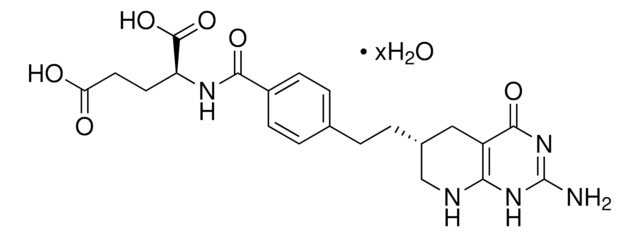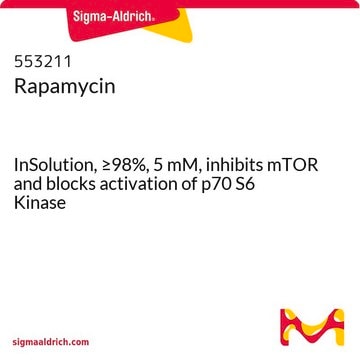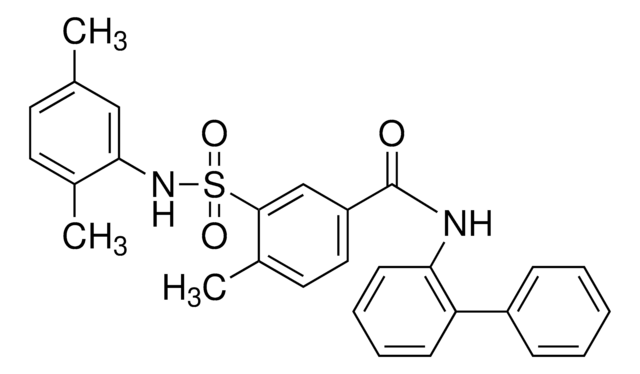A recent review of the effects of PIKFYVE inhibitors on selectively terminating autophagy-dependent cancer cells points out that all of these inhibitors have secondary targets, but those of WX8 allow it to selectively kill PIKFYVE-dependent cancer cells (PMID: 38994949, PMCID: PMC11240546, DOI: 10.3390/cells13131096). Based on their chemical structures, PIKFYVE inhibitors can be categorized into four groups. At low concentrations, they all suppress cell proliferation by inhibiting PIKFYVE. At higher concentrations, they all increase the level of endoplasmic reticulum stress which triggers non-canonical apoptosis by inhibiting both PIKFYVE and their secondary targets (Table 1).
PIKFYVE inhibitors such as WX8 (group A) target PIKFYVE-dependent cells at both low and high concentrations, whereas PIKFYVE inhibitors such as PY201636, APY0201 and ESK981 (groups B, C and D) target PIKFYVE-dependent cells at low concentrations, but both PIKFYVE-dependent cells and ‘normal’ non-malignant cells at higher concentrations. These distinctions result from their ability to suppress synthesis of phosphatidylinositol 4,5-bisphosphate (PIP2) and phosphatidylinositol 3,4,5-trisphosphate (PIP3). The PIP2 phosphoinositide is essential for lysosome homeostasis and autophagy. The PIP3 phosphoinositide promotes cell growth, proliferation, differentiation, migration and survival.
In ‘normal’ cells, two pathways exist for biosynthesis of PIP2 and PIP3 (Fig. 1). PIP2 biosynthesis occurs predominantly by conversion of phosphatidylinositol (PI) into PI4P which is then converted into PIP2 predominantly by the PIP5K1C phosphoinositide kinase. PIP3 is then synthesized from PIP2 by PIK3C phosphoinositide kinases. A minor pathway also exists in which PI is converted into PIP2 by the actions of PIKFYVE and PIP4K2C. However, PIKFYVE-dependent cancer cells depend on both PIKFYVE and PIP4K2C for synthesis of PIP2, because they are deficient in PIP5K1C (PMID: 36803256, PMCID: PMC10392749, DOI: 10.1080/15548627.2023.2182594). Thus, WX8 (group A) selectively kills cells that depend on PIKFYVE and PIP4K2C for PIP2 biosynthesis; it does not interfere with biosynthesis of either PIP2 or PIP3 in normal cells. In contrast, higher concentrations of APY0201 (group B) and YM201636 (group C) target PIK3C as well as PIKFYVE. Therefore, higher concentrations they will inhibit PIP3 biosynthesis in normal cells as well as cancer cells. Similarly, higher concentrations of ESK981 (group D) target PIP5K1C as well as PIKFYVE. Therefore, higher concentrations will inhibit biosynthesis of both PIP2 and PIP3 in normal cells as well as cancer cells.
SML3288
WX8
≥98% (HPLC)
Sinônimo(s):
1H-Indole-3-carbaldehyde [4-anilino-6-(4-morpholinyl)-1,3,5-triazin-2-yl]hydrazone, 1H-Indole-3-carboxaldehyde, [4-(4-morpholinyl)-6-(phenylamino)-1,3,5-triazin-2-yl]hydrazone, Ro 91-4714, Ro-91-4714
About This Item
Produtos recomendados
Nível de qualidade
Ensaio
≥98% (HPLC)
Formulário
powder
cor
white to beige
solubilidade
DMSO: 2 mg/mL, clear
temperatura de armazenamento
2-8°C
cadeia de caracteres SMILES
C1(NC2=CC=CC=C2)=NC(N/N=C/C3=CNC4=C3C=CC=C4)=NC(N5CCOCC5)=N1
chave InChI
NJIKLALXAPYTCW-BUVRLJJBSA-N
Ações bioquímicas/fisiológicas
Código de classe de armazenamento
11 - Combustible Solids
Classe de risco de água (WGK)
WGK 3
Ponto de fulgor (°F)
Not applicable
Ponto de fulgor (°C)
Not applicable
Escolha uma das versões mais recentes:
Certificados de análise (COA)
Não está vendo a versão correta?
Se precisar de uma versão específica, você pode procurar um certificado específico pelo número do lote ou da remessa.
Já possui este produto?
Encontre a documentação dos produtos que você adquiriu recentemente na biblioteca de documentos.
Active Filters
Nossa equipe de cientistas tem experiência em todas as áreas de pesquisa, incluindo Life Sciences, ciência de materiais, síntese química, cromatografia, química analítica e muitas outras.
Entre em contato com a assistência técnica










